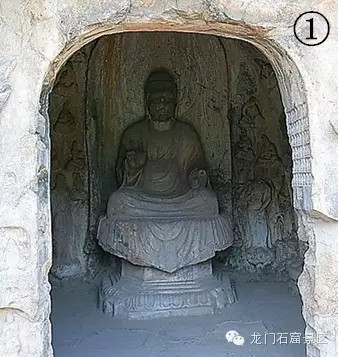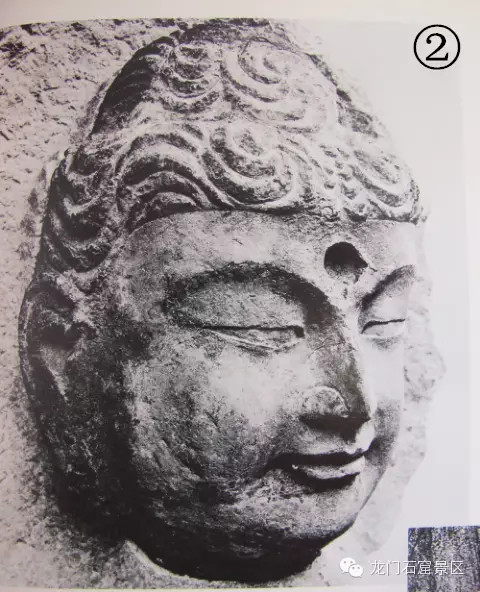A search for relics lost abroad: Beheaded ‘Amitabha’
By Zhang Qiong ( chinadaily.com.cn )
Updated: 2015-06-09
Name: the head statue of Amitabha
Age: Tang Dynasty (AD 618-907)
Location: Jiangshansi Cave of Xishan Mountain, Longmen Grottoes
Now in the possession of: Osaka Municipal Museum of Art, Japan
The Jingshansi Cave is located in a cliff in the northern part of the Xishan Mountain in Longmen Grottoes. It was built to celebrate the merits and virtues of a concubine of the Emperor Taizong of Tang Dynasty.
The principal deity of the cave is a 2-meter-high statue of Amitabha sitting in lotus posture. The cave is best known for its iconography relief of One Buddha with 50 Bodhisattvas, engraved on the walls of the cave, where the Bodhisattvas sit in various positions on lotus flowers derived from the same root, all around the Amitabha.
The image of One Buddha with 50 Bodhisattvas usually appears in painting form, which makes the carving in Jingshansi Cave more remarkable.
 |
|
The Amitabha statue in Jingshansi Cave, Longmen Grottoes |
The statue’s head is not from the Tang Dynasty, experts say. It was made from cement by researchers from the Longmen Grottoes Institute in 1958. As can be seen from photo ①, the head of the Amitabha appears to have a deeper color than other parts of the statue.
The genuine Buddha head (in Photo ②), 39-cm-high, was stolen in the first half of the 20th century and is now in the collection of Osaka Municipal Museum of Art in Japan.
 |
|
The head of the Amitabha statue from Jingshansi Cave, Longmen Grottoes, which is now in the collection of Osaka Municipal Museum of Art in Japan |
Chen Zhejing, an American-born Chinese and a US collector, said in his essay A Tribute to the Stone Buddha that the stone Buddha heads were still unpopular among antiquaries at the beginning of the 20th century. But after some French people started to trade ancient Chinese stone carvings, Japan’s Yamanaka & Co., Ltd. also got into the business. Lu Qinzhai, a Chinese antiquities dealer, opened the largest Chinese antique store in Paris and New York before World War II. Lu monopolized most of the stone carving transactions, said Chen.
Related readings:
Exploring for Chinese Buddhist relics overseas
A century of changes in Lotus Cave
A search for relics lost abroad: Head of the Maitreya Buddha
Contact the writer at zhangqiong@chinadaily.com.cn






